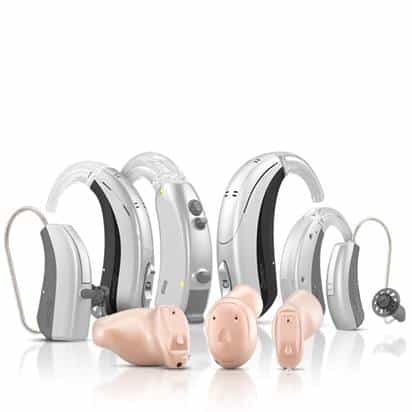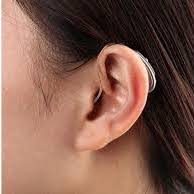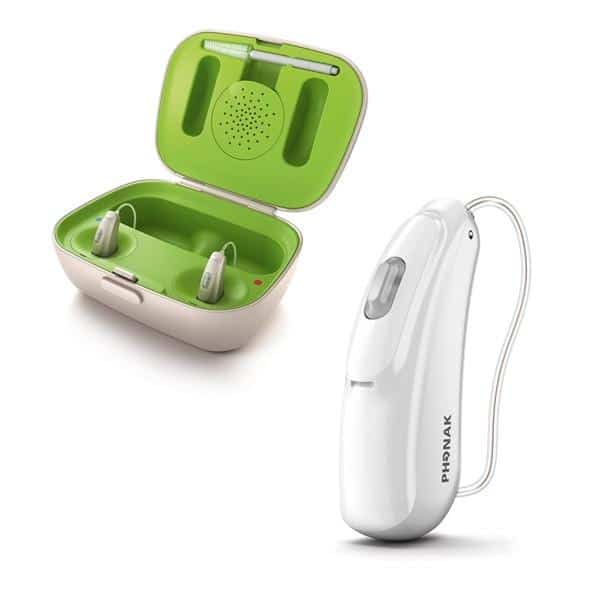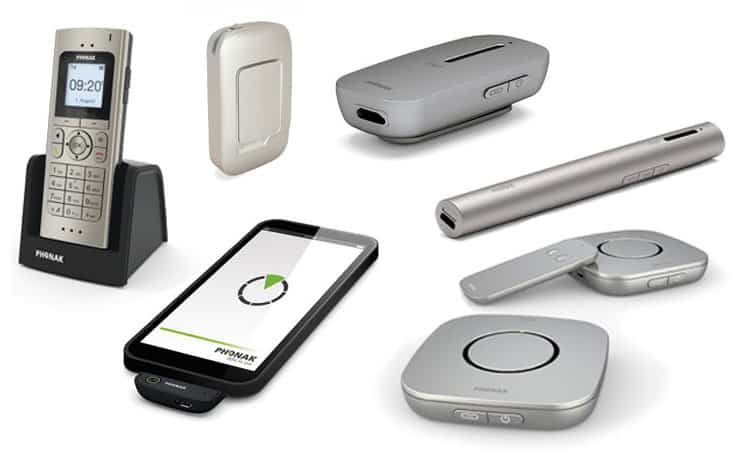A Guide to Hearing Aids
Types of hearing aids
Hearing Aid Batteries
Hearing aid accessories
Tips for Buying New Hearing Aids
If you’re on the hunt for a new pair of hearing aids, you’re in luck. – there has never been a better time to use a hearing device. Hearing aid manufacturers have worked hard to provide sleeker and more technologically advanced hearing aids in recent years.
If this is your first ever pair of hearing aids, then we appreciate that going through all the options on the market can be daunting. Even if you are a seasoned user of hearing aids, there might be so many new features out there that you don’t know where to start.
That’s why we have put together this guide for purchasing new hearing aids.
THINK ABOUT WHAT YOU WANT FROM YOUR HEARING DEVICE
You’re going to wear your hearing aids daily, so it’s crucial to think about the different activities that you participate in regularly, and how your hearing aids will help enhance your life.
Here are some questions to consider:
- Would you like to connect to your smartphone or TV?
- Are there places you frequent where you have trouble understanding conversations?
- Do you often video chat with friends or family?
- Do you want your hearing aids to stream content?
- Do you attend conferences or seminars regularly?
- Do you spend a lot of time outdoors?
There are hearing aid features and technologies developed to overcome many different listening conditions and lifestyles to help you decide the right model for you.
CHOOSE THE RIGHT HEARING PROFESSIONAL.
Although the device itself is vital, what makes your transition to hearing aids, a smooth one is to find the right provider.
Here at A Better Hearing Center, we will work with you from day one to assess the nature and extent of your hearing loss, and help you select the right solution that suits your lifestyle and hearing needs seamlessly.
We will also be available for follow-up visits, ensure everything is working as it should, and make sure you get a great fit. We will also help you learn more about your equipment, how to change the settings, and help you get the most out of your hearing aids.

GO WITH A FRIEND
Choosing to go with a friend will help you make the right decision when it comes to buying hearing aids. You could get their advice when it comes to picking your hearing aids, and to accompany you to consultations.
There is a lot of information to absorb during these meetings, and a good friend will help you understand what has been said, and keep track of all your choices. They will also give you an objective opinion about your hearing condition and make sure you choose the best hearing aids.
Tell them to come with you to your hearing test too, so that they can learn first hand about your hearing loss and be involved in the whole process.
GET A HEARING TEST
A hearing test is an essential step in understanding your hearing abilities. Hearing tests are typically conducted in a room with a set of measures designed to assess both the ability to listen to speech, as well as sounds from a range of frequencies.
GOOD HEARING TAKES TIME
Hearing aids don’t work the same way as glasses do. Make no mistake; it does take some time to get used to your hearing aids. Adapting to your hearing aids and getting the best out of them could take up to four months.
Your brain has to switch to a different sound environment and process an entirely new set of sounds. You have invested a lot of money, and, naturally, you want to reap the rewards of this financial investment quickly. But trust us when we say that it will eventually be worth it.

MAKE TIME FOR FOLLOW UP APPOINTMENTS
Take as many follow-up appointments as you need to fine-tune the sounds you are hearing, change the fit in your ear canal, and talk about the conditions that are most difficult for you. Around two weeks after their first test, most people visit their hearing care specialists to have their equipment fine-tuned, and the volume adjusted.
Remain optimistic and stick to wearing your hearing aids every day. You’re going to get frustrated early on, and that’s inevitable. By taking the time to adapt to your new hearing aids, you will note slight changes every day, and your confidence will slowly increase as a result.







